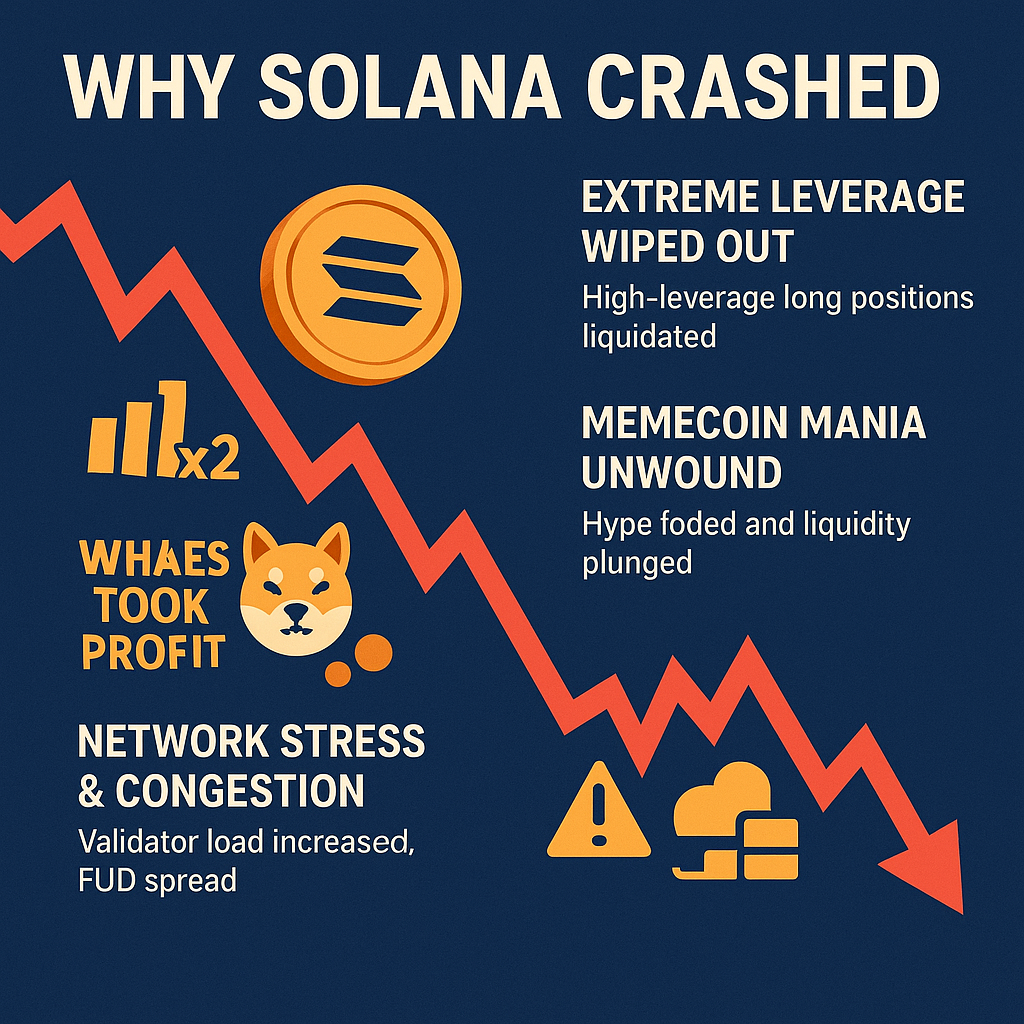A Deep Dive into NPS Tier 1 & Tier 2 Investments in 2025

Retirement planning is a crucial step toward financial security, and in 2025, the National Pension System (NPS) stands out as a powerful tool for building a robust retirement corpus. Launched by the Government of India in 2004 and opened to all citizens in 2009, NPS offers a market-linked, tax-efficient way to save for your golden years. With two account types—Tier 1 and Tier 2—NPS provides flexibility, diverse investment options, and significant tax benefits. Whether you’re a government employee or a private sector professional, understanding NPS can unlock a world of opportunities for your future. Let’s explore the intricacies of NPS Tier 1 and Tier 2 accounts, fund allocation, asset classes, pension fund managers, withdrawal rules, and why this scheme is a game-changer for retirement planning.
What Is the National Pension System (NPS)?
The National Pension System (NPS) is a voluntary, defined-contribution pension scheme regulated by the Pension Fund Regulatory and Development Authority (PFRDA). It allows individuals aged 18 to 70 to save for retirement by investing in a mix of market-linked assets. NPS is portable across jobs and locations, making it a convenient option for professionals. Each subscriber receives a unique Permanent Retirement Account Number (PRAN), which provides access to two types of accounts: Tier 1 (mandatory for retirement savings) and Tier 2 (a voluntary savings account).

NPS Tier 1 vs. Tier 2: Understanding the Differences
Tier 1: The Core Retirement Account
- Purpose: Designed for long-term retirement savings with tax benefits.
- Minimum Contribution: Rs. 500 to open, with a minimum annual contribution of Rs. 1,000 to keep the account active.
- Lock-In Period: Funds are locked until age 60, though partial withdrawals are allowed under specific conditions.
- Tax Benefits: Contributions up to Rs. 1.5 lakh qualify for deductions under Section 80C, with an additional Rs. 50,000 under Section 80CCD(1B). Employer contributions (up to 10% of salary for private employees, 14% for government employees) are deductible under Section 80CCD(2).
- Withdrawal Rules: At age 60, you can withdraw up to 60% of the corpus as a lump sum (tax-free), while the remaining 40% must be used to purchase an annuity. If the corpus is less than Rs. 5 lakh, you can withdraw the entire amount without purchasing an annuity.
Tier 2: The Flexible Savings Account
- Purpose: A voluntary account for additional savings with easy access to funds.
- Minimum Contribution: Rs. 1,000 to open, with no minimum annual contribution. Contributions must be in multiples of Rs. 250.
- Lock-In Period: No lock-in for private sector employees; government employees face a 3-year lock-in if availing tax benefits (a provision announced in 2018 but not yet implemented as of May 2025).
- Tax Benefits: No tax deductions on contributions, and withdrawals are taxable.
- Withdrawal Rules: Funds can be withdrawn at any time without penalties, offering high liquidity.
Key Insight: Tier 1 is ideal for disciplined, long-term retirement planning with tax advantages, while Tier 2 offers flexibility for short-term financial needs. Many investors maintain both accounts to balance liquidity and retirement goals.
Fund Allocation and Asset Classes: Tailoring Your Investments
NPS offers two investment strategies to manage your portfolio: Active Choice and Auto Choice.
- Active Choice: You decide the allocation across four asset classes, with a cap of 75% in equities and 5% in alternative investments.
- Auto Choice: The system automatically adjusts your allocation based on your age and risk profile, reducing equity exposure as you age to minimize risk.
The Four Asset Classes
- Equity (E): Invests in stocks for high returns (up to 75% allocation). Historically, portfolios with 50%+ equity allocation have delivered 10-12% returns.
- Corporate Bonds (C): Invests in fixed-income instruments issued by companies, offering medium risk and returns.
- Government Securities (G): Invests in government bonds, providing low risk and stable returns.
- Alternative Investments (A): Includes assets like REITs, AIFs, and CMBS (up to 5% allocation), adding diversification.
You can change your asset allocation up to four times a year and switch pension fund managers once annually, giving you control over your investment strategy.
Pension Fund Managers: Who Manages Your Money?
NPS offers a choice of 11 pension fund managers as of May 2025, including:
- SBI Pension Funds
- UTI Retirement Solutions
- LIC Pension Fund
- HDFC Pension Management
- ICICI Prudential Pension Fund
- Kotak Mahindra Pension Fund
- Aditya Birla Sun Life Pension Fund
- Reliance Capital Pension Fund
- DSP BlackRock Pension Fund
- Axis Max Life Insurance (note: Max Life Pension Fund ceased operations as an NPS fund manager on April 19, 2025, following a brand transition)
- Tata Pension Management
- Bajaj Allianz Pension Fund

Private sector employees and self-employed individuals can choose their fund manager, while government employees have their fund manager assigned by the government. If no fund manager is selected, SBI Pension Funds is the default choice. Fund management fees are among the lowest in the industry, capped at 0.09% per annum, making NPS a cost-effective option compared to mutual funds.
Withdrawal Rules: When Can You Access Your Funds?
Tier 1 Withdrawal Rules
- At Age 60 (Maturity): Withdraw up to 60% of the corpus tax-free as a lump sum; the remaining 40% must be used to buy an annuity (taxable at slab rates). You can defer withdrawal until age 70 and continue investing.
- Partial Withdrawals: After 3 years of investment, you can withdraw up to 25% of your contributions (not the entire corpus) for specific reasons like children’s education, marriage, buying a house, medical emergencies, or starting a venture. Only three partial withdrawals are allowed during the entire tenure, and these are tax-free.
- Premature Exit (Before 60): After 3 years, you can exit with 20% of the corpus withdrawn (taxed at slab rates) and 80% used to buy an annuity. If the corpus is less than Rs. 2.5 lakh, you can withdraw the entire amount tax-free.
- Upon Death: The entire corpus is paid to the nominee or legal heir, who can either continue the account or withdraw the full amount.
Tier 2 Withdrawal Rules
- Anytime Withdrawal: No restrictions for private sector employees; funds can be withdrawn at any time without penalties. Government employees face a 3-year lock-in if availing tax benefits (pending implementation).
- Account Closure: You can close the Tier 2 account anytime, with the balance transferred to your bank account.
Why Choose NPS in 2025?
NPS Investment 2025 offers a blend of flexibility, tax benefits, and market-linked growth, making it a top choice for retirement planning:
- Tax Efficiency: Tier 1 contributions offer deductions up to Rs. 2 lakh annually, and 60% of the maturity amount is tax-free.
- Low Costs: Fund management fees are capped at 0.09%, significantly lower than mutual funds (2-2.5%).
- Customizable Investments: Choose your asset allocation and fund manager to match your risk appetite.
- Portability: NPS accounts are portable across jobs and locations, ensuring seamless savings.
- Market-Linked Returns: Unlike fixed-income schemes like PPF, NPS offers returns of 10-12% with equity exposure, outpacing inflation over the long term.
How to Get Started with NPS
- Eligibility: Indian citizens (including NRIs) aged 18-70 can join. PIOs and HUFs are not eligible.
- Opening an Account: Open online at enps.nsdl.com or offline through a Point of Presence (PoP) like banks. You’ll need a PRAN, KYC documents, and a minimum contribution of Rs. 500 (Tier 1) or Rs. 1,000 (Tier 2).
- Contributions: Contribute online via enps.nsdl.com or nps.kfintech.com. There’s no upper limit on contributions, but tax benefits are capped.
- Monitor and Adjust: Log in to your account to track performance, change fund managers, or adjust asset allocation.
Final Thoughts
The NPS Investment 2025 is a versatile and tax-efficient way to secure your retirement. Tier 1 offers disciplined savings with tax benefits, while Tier 2 provides flexibility for short-term needs. With diverse asset classes, low fees, and the ability to choose your fund manager, NPS empowers you to tailor your retirement strategy. Whether you’re aiming for market-linked growth through equities or stability with government securities, NPS has you covered. Start investing today to unlock a financially secure future—your golden years deserve it!
Disclaimer: NPS returns are market-linked and not guaranteed. Always assess your financial goals and risk tolerance before investing.
Got questions? Drop them below—I’m all ears!
Also, read our other article – Indian Stock Market Outlook 2025: Key Trends, Nifty 50 Predictions & Safe Investment Strategies
Check out more article on Finance on our Finance Category section.
#NPS2025 #RetirementPlanning #NPSTier1 #NPSTier2 #PensionFunds #TaxBenefits #InvestSmart #FinancialPlanning




